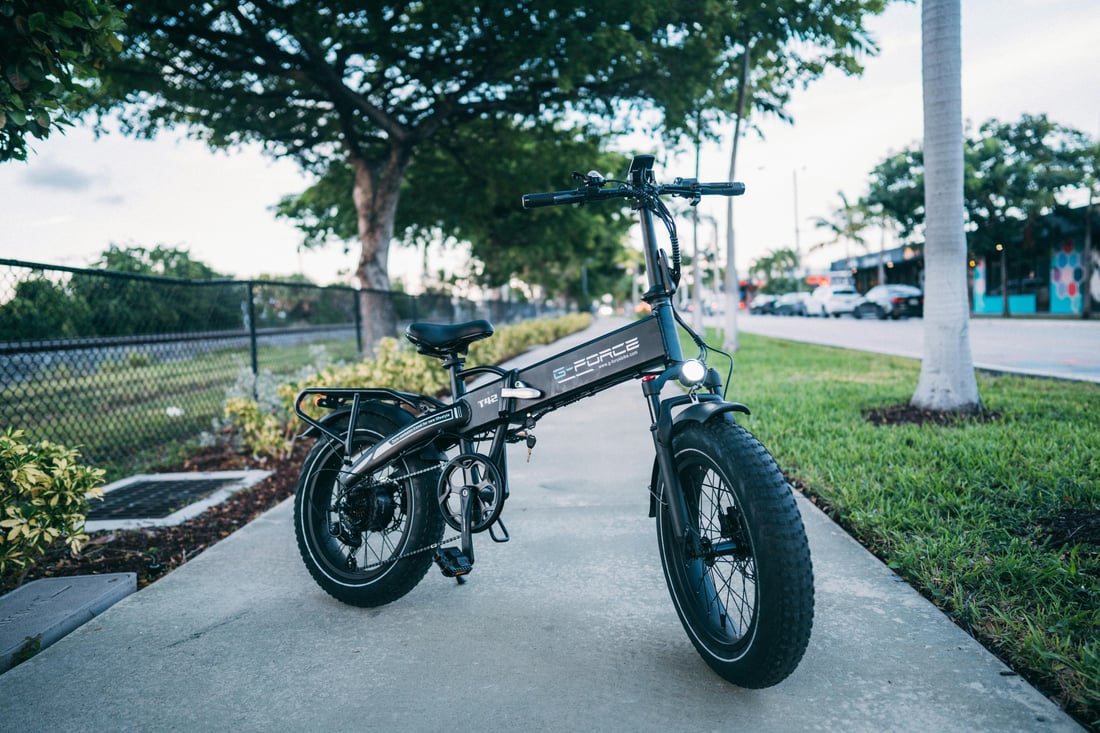Intro
If you own an electric bike, then you are already aware of how convenient they are for commuting. However, like any machine, your e-bike requires regular maintenance and checkups to ensure it is fully functional and safe to ride. A crucial part of e-bike maintenance is the electronic bike inspection, which involves examining every part of your bike's electronic system. In this article, we will walk you through the essential aspects of electronic bike inspection and how to ensure your e-bike is in good working condition.
What is an electronic bike inspection?
An electronic bike inspection is a comprehensive checkup of your e-bike's electrical system, including the battery, motor, controller, and other electronic components. The inspection analyzes the overall performance of your e-bike, identifies any potential issues, and detects signs of wear or damage.
Why is it important?
Electronic bike inspections are crucial because they can prevent accidents and save you from hefty repair costs. E-bikes may look like traditional bicycles, but they contain complex electrical components. If any part of a device is malfunctioning, it can lead to accidents and injuries. Regular inspections ensure that your e-bike is safe to ride, and it identifies any potential issues that can lead to costlier repairs if not addressed promptly.
When to perform an electronic bike inspection?
It is advisable to perform an electronic bike inspection at least once every six months. However, if you frequently ride on uneven surfaces and rough terrain, you may need to perform the inspection more frequently, possibly after every three months. It's also essential to get your e-bike inspected if it has been in storage for an extended period
How to perform an electronic bike inspection?
Although it's recommended to get your e-bike inspected by a professional, you can also perform the inspection yourself. Here are the steps to follow:
- Check the battery and charging system
- Examine the motor and hub assembly for wear and tear
- Inspect the brake system, including the brake cables and brake pads
- Check the handlebar grips and brake levers for any damage or wear
- Examine the pedal assist sensor and throttle mechanism to ensure they are functioning correctly
- Check the wires and cables for any physical damage or frayed insulation
- Examine the lights, including the headlight, taillight, and turn indicators
- Inspect the wheels and tires to ensure they are in good condition and properly inflated
- Examine the frame for any cracks or dents
- Finally, give your e-bike a test ride to ensure everything is functioning properly.
Conclusion
An electronic bike inspection ensures that your e-bike is safe and reliable to ride. As an e-bike owner, it's essential to prioritize regular inspections to prevent accidents and save you from significant repair costs. Following the steps outlined in this article and performing regular maintenance tasks will not only extend both the life of e-bike but also your riding experience.

